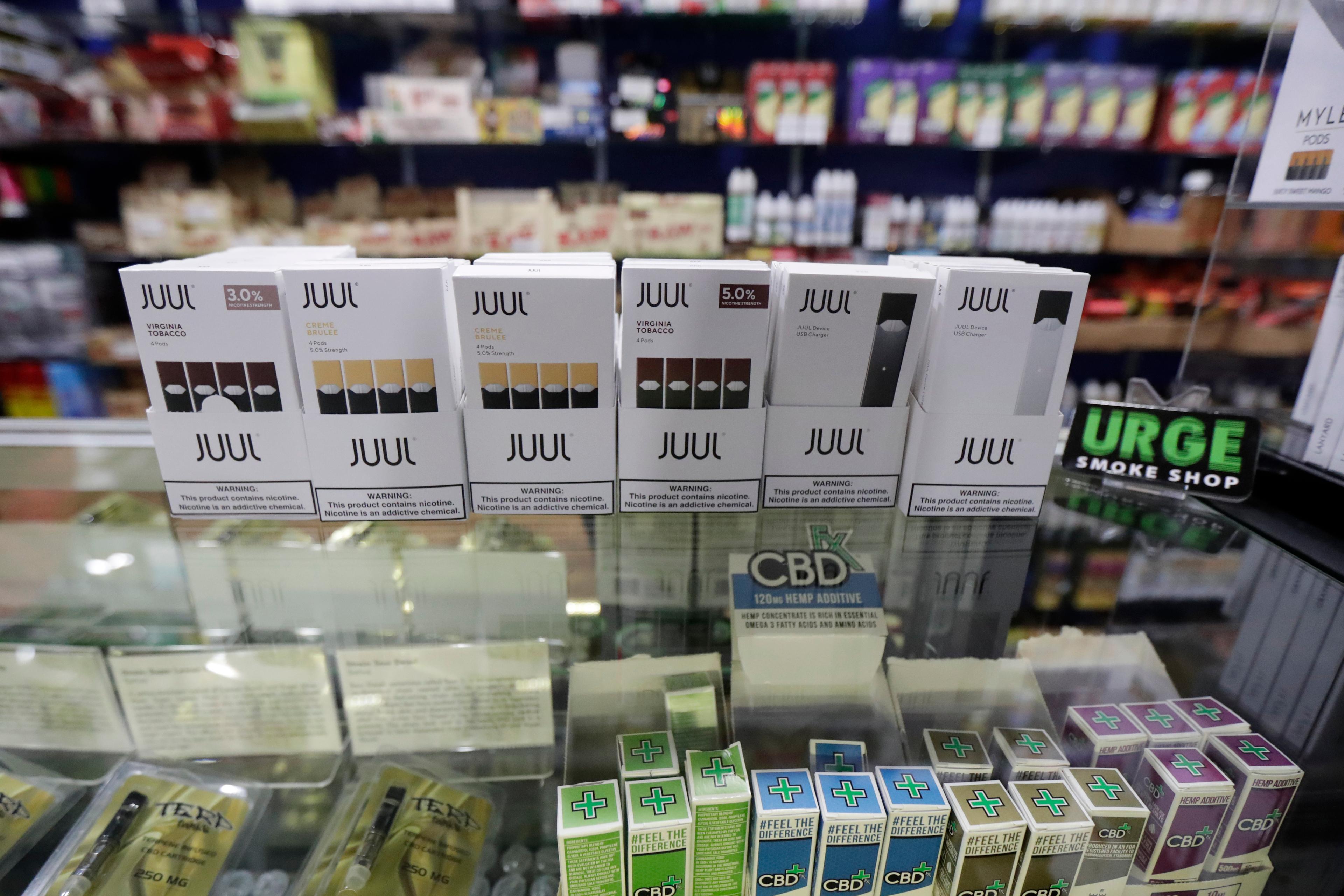
Half of public schools in Denver are within 1,000 feet, or about two city blocks, of a store that sells tobacco.
That’s according to a new academic study that charted tobacco retailers in 30 major U.S. cities. It finds they’re concentrated in low-income areas in Denver and nationally. Public health advocates say that gives minors all too easy access to a variety of tobacco products.
Stanford University researcher Lisa Henriksen says two-thirds of city residents live within a half-mile of a store that sells tobacco.
“In Denver, there are nearly two times as many tobacco retailers in the lowest income neighborhoods than in the highest income neighborhoods and that's quite concerning,” said Henriksen, a senior research scientist at the Stanford School of Medicine and lead researcher on the study.
The research was funded by the National Cancer Institute and conducted by the Advancing Science and Practice in the Retail Environment (ASPiRE) Center, a collaboration that investigates how tobacco retailer density and innovative retail tobacco interventions impact people and communities.
Tobacco use is the leading cause of preventable death in the United States, according to the group. It results in over 480,000 deaths and $170 billion in health care expenses each year.
The study found stores selling tobacco were prevalent in Denver, exceeding prominent franchise chains, with 23 times more tobacco retailers than McDonald’s locations in Denver and 8 times more than Starbucks.
Representatives for the tobacco retail industry said the findings don’t accurately portray the risks to kids. They characterized the findings as unsurprising, pointing out that tobacco retailers include everything from convenience stores and gas stations to grocery stores, corner markets and liquor stores.
And they said a new federal law, enacted at the end of 2019, prohibits the sale of tobacco to anyone under 21, which essentially ends easy access to tobacco for underage minors.
“Despite raising the age of purchase to 21 and now having statewide and local licensing to hold bad actors accountable, Colorado’s responsible business owners are being targeted again,” said Grier Bailey, the executive director of the Colorado Wyoming Petroleum Marketers Association, which represents most of the state’s roughly 2,000 convenience stores. “Where you find more people, you are going to find more commerce, including more convenience stores, liquor stores, marijuana dispensaries and grocery stores. It's strange they needed a study to prove something that intelligent citizens in Colorado naturally understand.”
Retailers who sell tobacco also note many stores in low-income neighborhoods are the only source of groceries, and that tobacco products are an important part of their business model.
- As Coronavirus Spreads, Many Nicotine Users Look To Quit. But The Stressful Times Can Make That Hard To Do
- It’s ‘Very Easy For Kids To Get Vaping Products.’ This Colorado 9-Year-Old Can Show You
- In An Echo Of The Big Tobacco Hearings, Top E-Cigarette Execs Admit Nicotine Is Addictive
- Colorado’s Vape Crisis ‘Can Hit Any Family,’ Even The Lawmaker Who Has To Pass Laws To Fight It
Joe Miklosi, a former state lawmaker, represents the Rocky Mountain Smoke-Free Alliance, a coalition of more than 125 Colorado vape shops. He says they have adopted policies, such as ID checks at the door, to prevent sales to minors. He backs rules requiring retailers to be a certain distance from schools.
The group’s stores “are only focused on helping responsible adults stop smoking more harmful cigarettes by using vaping products,” Mikosli said. “So having more distance between schools and any place that sells nicotine is a good thing.
But Matthew Myers, who leads the Campaign for Tobacco-Free Kids, said internal tobacco industry documents have shown deliberate targeting of low-income communities. That includes the marketing and sale of popular tobacco, and vaping, products flavored with menthol and other varieties.
“It's not an accident that we're finding such a high level of these products being sold near schools in low-income neighborhoods,” Myers said. “It is the worst kind of targeting because what they're targeting them with is an addictive product to young people that will cause long-term health problems.”
He sees education levels and awareness of the risks of tobacco use as being key factors. He accused the industry of “trying to create a sense in low-income neighborhoods, particularly with young people, that these products are still cool, that they're still being used by the vast majority of people.”
The study comes on the heels of a new report from the state health department that finds Colorado teens smoking nicotine via vaping devices at high levels. The survey found that roughly one in four Colorado teens vape currently, at least once in the prior month. That figure is essentially unchanged from two years ago, when the survey results placed Colorado at number one in the nation for teen vaping among three dozen states surveyed.
Vaping has largely displaced traditional cigarette smoking as the go-to way for teens to consume nicotine.
A third of high school seniors and 11 percent of 8th graders said they vaped at least once in the prior month. That compares with roughly 8 percent of Colorado adults, according to the state health department.









